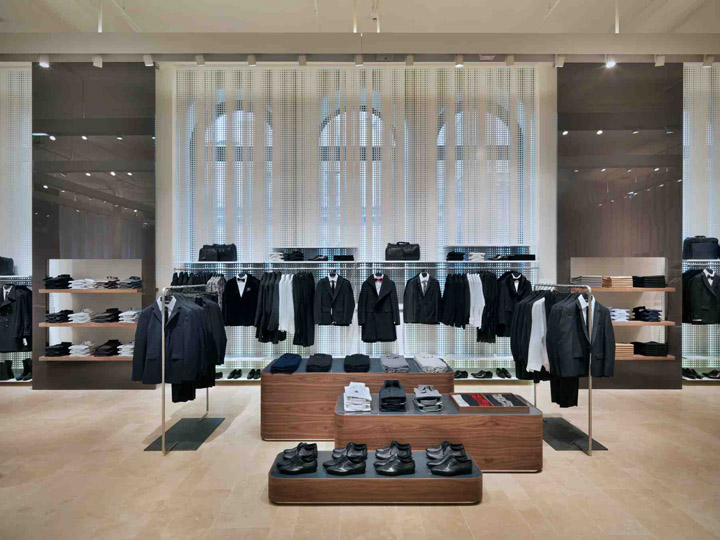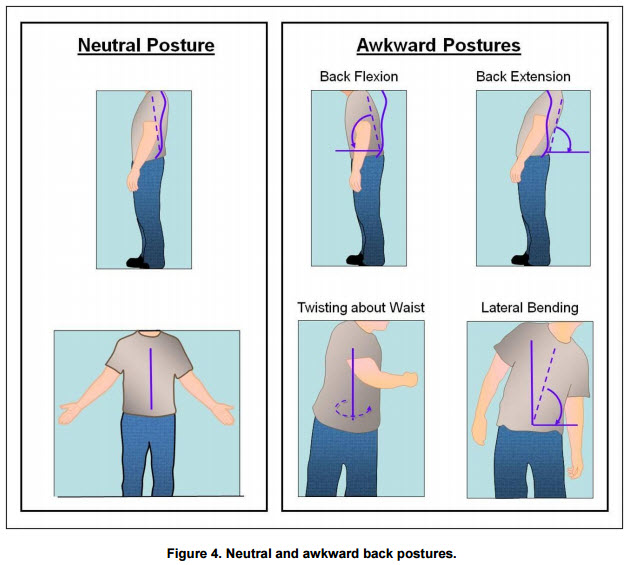Improving the productivity and safety of your warehouse through ergonomics
While OSHA requires the training and means for employees to maintain ergonomic safety, the controversy surrounding OSHA's development of ergonomics standards and guidelines unveiled in 2002, gave ergonomics a bad name.
Poorly understood, warehouses sometimes define ergonomics as a black hole into which they pour money. Good ergonomics, however, can prevent injuries in the first place, and can facilitate return to work after an injury. The point of ergonomics in the warehouse is to minimize bending and reaching. Doing so reduces the risk of back injuries, while improving pick rates.
In 2013, according to the Bureau of Labor Statistics, the U.S. warehousing and storage industry reported a total recordable rate of 5.2 injuries per 100 full-time workers. Serious injuries - those involving days away from work, job restriction or transfer - occurred at a rate of 3.7 injuries per 100 workers. Musculoskeletal injuries occurred twice as frequently in the warehousing and storage industry as in general private industry. Additionally, in 2012, injuries in exposure categories such as falls, slips and trips and overexertion (including overexertion in lifting or lowering) were higher in the warehousing and storage industry than in general private industry. Incidences of strains, sprains and tears in the warehousing and storage industry were 80 per 10,000 full time workers.










